O'Connor Engines
O'Connor's Walt Disney connection. Walt Disney's Railroad Story O'Connor's Boilers and Engines in Light Steam Power O'Connor's Engine Assembly Diagram O'Connor's Cylinder Block Diagram |
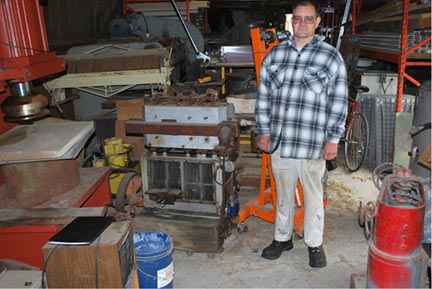 |
|
| Roger McGuire with engine |
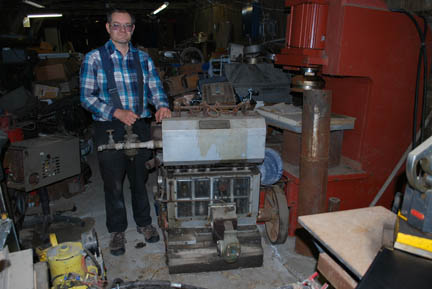 |
Chadwell O’Connor had a machine shop and made things. His acquaintance with Walt Disney started by accident when Walt saw Chad making a movie of a steam train using his home made and self invented fluid drive head for the movie camera. Walt needed this type of equipment for his upcoming nature films, Living Desert and all, where he was making shots from the back of a bouncing pickup truck. | |
| The fluid heads helped hold the camera steady. So O’Connor made fluid heads and then started a whole business that is still continuing up in Burbank and with his name. When Walt started Disneyland he wanted all of the attendees to ride across a small lake, thus giving the feel of leaving one type of civilization and entering a different world. And he liked steam engines with their moving parts. He asked Chad to make the engines. | ||
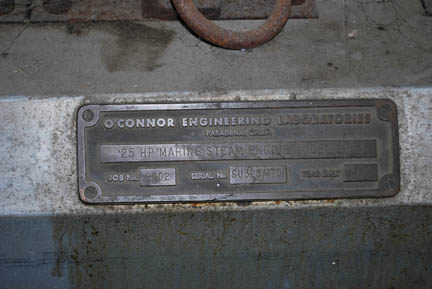 |
||
| This did not work out well. The reason is because O’Connor was too good of an engineer and he knew about the very large and very efficient Skinner uniflow engines made in Erie, Pennsylvania that at one time powered all of the freight boats on the Great Lakes and I think some of the WWII cargo ships. Thus he copied the Skinner engines as being a well-tested and efficient design. He made these smaller engines enclosed and then took off the side panels to replace with Plexiglas so that some view could be made of the crankshaft and connecting rods operating. | ||
| The problem was that a good efficient steam engine needed to have very low clearance volume and when these engines were stopped for a few minutes to load and unload passengers they cooled off, meaning that steam condensed in the cylinders, leaving an incompressible water slug there. This could have been dealt with by gently rocking the engine back and forth, forward and reverse, to warm them up and get the water out without damaging the engine or by disen-gaging a dog clutch and letting the engines slowly idle. | 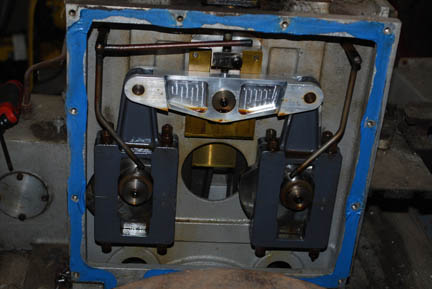 |
|
| The boat operators were either not trained properly or they did not have the time to do this when the boats were loaded, and so things did not work out well and at least one engine was damaged with a bent connecting rod. The O’Connor engines were replaced and finally the boats were reassigned because they did not have the carrying capacity to take everyone to Disneyland. | ||
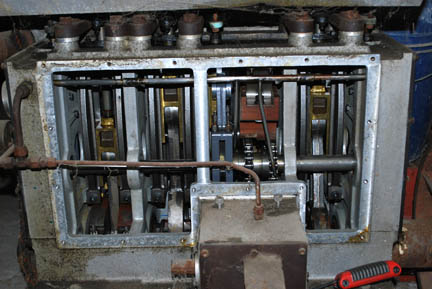 |
After making these engines, which appear to be very well engineered, O’Connor advertised both the original 3 cylinder version and a 2 cylinder version and a Babcock and Wilcox style of water tube boiler for sale to the general steamboat public. There appears to have been a very small market for steam engines at that time, so not much happened. The blueprints have been preserved as well as all six of the original engines. Somewhere in the Northwest there is a rumored boat with an O’Connor two cylinder version of this engine. | |
| These engines appear to be very heavy duty and able to take higher speeds and higher pressures than stated on the brass plaque. Given their double acting uniflow design with infinitely variable cutoff and poppet valves they are the most efficient design available. They are the last small well designed steam engine ever made. | ||
